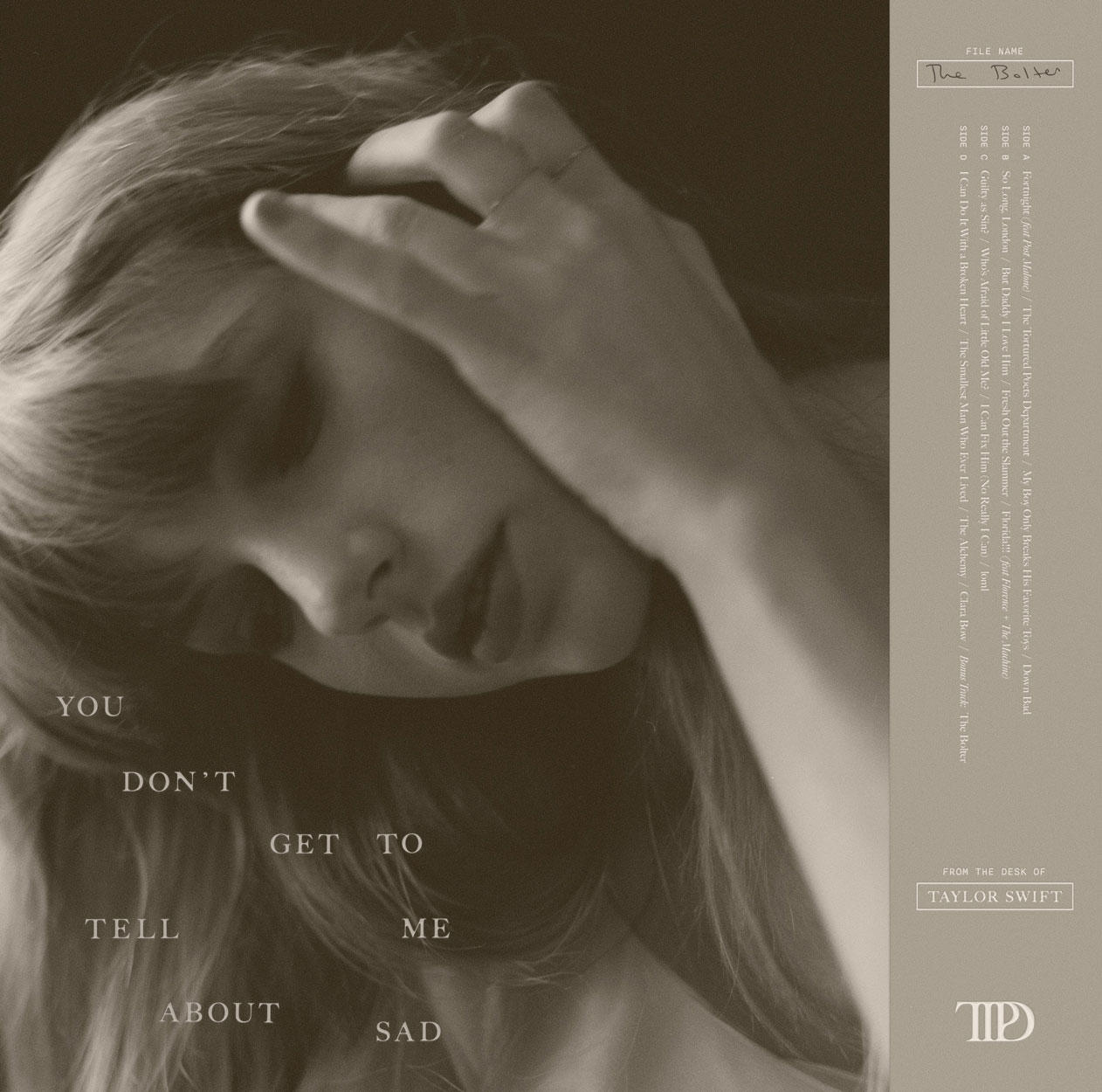The Tortured Poets Department Google Drive, a treasure trove of literary torment, beckons us to delve into the depths of poetic suffering. This platform unveils the raw emotions and tormented souls of poets across time, inviting us to witness the cathartic power of words forged in the crucible of anguish.
Within this digital sanctuary, we encounter the tormented souls of poets who have poured their hearts and minds into their verses, expressing the ineffable pain and turmoil that have shaped their lives. Their words resonate with a universal ache, reminding us of the fragility and resilience of the human spirit.
Poetry and Torment
The Tortured Poets Department Google Drive is a comprehensive digital repository dedicated to exploring the intricate relationship between poetry and the concept of torment. It serves as a platform for sharing, analyzing, and discussing works of poetry that delve into the depths of human suffering, emotional turmoil, and the complexities of the human psyche.
The term “tortured poets” often refers to poets whose works are characterized by an exploration of intense emotions, personal struggles, and the search for meaning amidst adversity. Their poetry often reflects a deep understanding of the human condition, capturing the raw and unfiltered experiences of pain, loss, and the pursuit of redemption.
Significance of the Tortured Poets Department Google Drive
The Tortured Poets Department Google Drive is a significant resource for scholars, students, and poetry enthusiasts alike. It provides a centralized platform for accessing and engaging with a wide range of poetic works that explore the theme of torment. By bringing together diverse perspectives and interpretations, the Google Drive facilitates a deeper understanding of the complexities of human emotion and the transformative power of poetry.
Tortured Poets Department Google Drive has been the go-to spot for poetry enthusiasts. But did you know there’s a secret stash of unreleased gems waiting to be discovered? Head over to tortured poets department leak download to get your hands on these hidden treasures.
Don’t miss out on the chance to expand your literary horizons with this exclusive collection, now available on Tortured Poets Department Google Drive.
Literary Analysis

The poets featured in the Tortured Poets Department Google Drive exhibit a range of common themes and literary devices that contribute to the unique aesthetic of their works. These include:
- Personal Trauma and Suffering:Many of these poets have experienced significant personal trauma and suffering, which they explore in their poetry with raw emotion and vulnerability.
- Existential Angst:The poets often grapple with questions of existence, mortality, and the meaning of life, expressing a sense of alienation and despair.
- Rejection of Societal Norms:These poets often challenge societal norms and conventions, expressing a sense of rebellion and nonconformity.
Recurring Motifs, Symbols, and Imagery
The poets also employ a number of recurring motifs, symbols, and imagery in their works, including:
- Darkness and Night:These elements are often used to represent the inner turmoil and despair experienced by the poets.
- Water and Drowning:Water is frequently used as a symbol of both life and death, representing the poets’ struggle with their own mortality.
- Animals and Nature:Animals and nature are often used as metaphors for the human condition, representing both beauty and brutality.
Influence of Personal Experiences and Societal Pressures
The personal experiences and societal pressures faced by these poets have had a profound influence on the content and style of their poetry. Their experiences of trauma, alienation, and rejection have shaped their unique perspectives and led them to explore themes of suffering, existential angst, and societal critique in their works.
Comparative Study: Tortured Poets Department Google Drive
Tortured poets, across time and cultures, have shared the common thread of profound suffering that has fueled their art. This comparative study delves into the works of these poets, exploring the impact of their historical and cultural contexts on their themes and expressions, while highlighting the universality of human anguish.
The works of tortured poets from different eras and cultures reveal striking similarities in their exploration of themes such as alienation, despair, and the search for meaning amidst adversity. While their experiences may vary, their art transcends geographical and temporal boundaries, resonating with the shared human condition of pain and longing.
Social and Political Influences
The social and political landscapes in which tortured poets lived have profoundly shaped their works. In oppressive regimes, poets have often used their art as a form of resistance, expressing dissent and challenging authority. Their words have served as a beacon of hope and inspiration for those seeking liberation and social change.
- Anna Akhmatova, a Russian poet who lived under Stalin’s regime, used her poetry to document the horrors of political repression and the resilience of the human spirit.
- Pablo Neruda, a Chilean poet, actively participated in political movements and his poetry reflects his commitment to social justice and the fight against oppression.
Cultural Traditions
Cultural traditions and beliefs also play a significant role in shaping the works of tortured poets. In some cultures, suffering is seen as a path to spiritual enlightenment, while in others, it is viewed as a curse or punishment. These beliefs influence the way poets express their pain and the meaning they derive from it.
- Rumi, a 13th-century Persian poet, saw suffering as a necessary part of the journey towards divine love.
- Sylvia Plath, an American poet, explored the themes of depression and suicide, reflecting the cultural stigma and isolation surrounding mental illness.
Universality of Suffering
Despite their diverse backgrounds, tortured poets share a common bond in their experiences of profound suffering. Their art transcends cultural and historical boundaries, expressing the universal human capacity for pain and resilience. Through their words, they articulate the shared experiences of loss, despair, and the search for meaning in the face of adversity.
“The world breaks everyone, and afterward, some are strong at the broken places.”- Ernest Hemingway
Impact and Legacy

The tortured poets’ influence extends far beyond their own time, leaving an enduring mark on contemporary literature, culture, and art. Their raw and evocative works have resonated with generations of readers, inspiring countless writers, artists, and musicians.
Influence on Literature
The tortured poets’ exploration of themes such as love, loss, suffering, and madness has influenced countless literary works. Their unique perspectives and innovative use of language have shaped the development of various literary movements, including Romanticism, Symbolism, and Modernism.
- Romanticism:The tortured poets’ emphasis on emotion and imagination inspired Romantic writers like William Wordsworth and Samuel Taylor Coleridge.
- Symbolism:Their use of symbols and metaphors influenced Symbolist poets like Charles Baudelaire and Arthur Rimbaud.
- Modernism:Their experimental forms and fragmented narratives resonated with Modernist writers like T.S. Eliot and Ezra Pound.
Influence on Art and Music
The tortured poets’ works have also had a profound impact on visual arts and music. Their themes and imagery have been interpreted in paintings, sculptures, and musical compositions.
- Painting:Artists like Vincent van Gogh and Edvard Munch were influenced by the tortured poets’ exploration of mental anguish and despair.
- Sculpture:Sculptors like Auguste Rodin and Alberto Giacometti created works inspired by the poets’ depictions of human suffering.
- Music:Composers like Gustav Mahler and Richard Wagner incorporated the poets’ themes and emotions into their musical compositions.
Resonance with Audiences
Despite the passage of time, the tortured poets’ works continue to resonate deeply with audiences today. Their ability to capture the complexities of the human experience makes their poetry timeless and universally relatable.
The Tortured Poets Department Google Drive is a treasure trove of raw and unfiltered emotions, where poets bare their souls through their words. It’s like a literary safe haven, where pain and vulnerability are given a voice. Speaking of leaked treasures, have you heard about the Taylor Swift album leak ? It’s got fans buzzing with excitement.
But let’s not stray too far from our sanctuary of tortured poets. The Google Drive is a constant reminder that even in the midst of turmoil, there’s beauty to be found.
- Emotional Depth:Their raw and honest portrayal of emotions appeals to readers who have experienced similar struggles.
- Artistic Innovation:Their experimental forms and innovative use of language continue to inspire contemporary poets and artists.
- Cultural Significance:Their works have become part of the cultural fabric, providing insights into the human condition.
Digital Preservation and Accessibility
The Tortured Poets Department Google Drive plays a crucial role in preserving and making accessible the works of tortured poets. By digitizing and sharing literary works online, the department ensures that these valuable resources are available to a wider audience and preserved for future generations.
Challenges and Opportunities, Tortured poets department google drive
Digitizing and sharing literary works online presents both challenges and opportunities. One challenge is ensuring the accuracy and integrity of the digitized works. Another challenge is managing copyright and intellectual property rights. However, digitization also offers opportunities to enhance accessibility, such as providing search functions and making works available in multiple formats.
Recommendations for Preservation and Accessibility
- Establish clear policies and procedures for digitization and metadata creation.
- Collaborate with other institutions and organizations to share resources and expertise.
- Provide training and support to users on how to access and use the digitized works.
- Regularly review and update the Google Drive to ensure its continued accessibility and functionality.
Ultimate Conclusion

The Tortured Poets Department Google Drive serves as a testament to the enduring power of poetry to articulate the complexities of human suffering. It offers a space for exploration, reflection, and connection, reminding us that even in the face of adversity, the human spirit can find solace and expression through the written word.
Popular Questions
What is the purpose of the Tortured Poets Department Google Drive?
The Tortured Poets Department Google Drive is a platform dedicated to preserving and sharing the works of poets who have explored themes of suffering, anguish, and torment in their writing.
How does the Google Drive contribute to the study of tortured poets?
The Google Drive provides a comprehensive collection of works by tortured poets, enabling researchers and enthusiasts to analyze common themes, literary devices, and the influence of personal experiences and societal pressures on their writing.
What are some of the common themes explored by tortured poets?
Tortured poets often explore themes of love, loss, despair, alienation, and the search for meaning in the face of adversity.